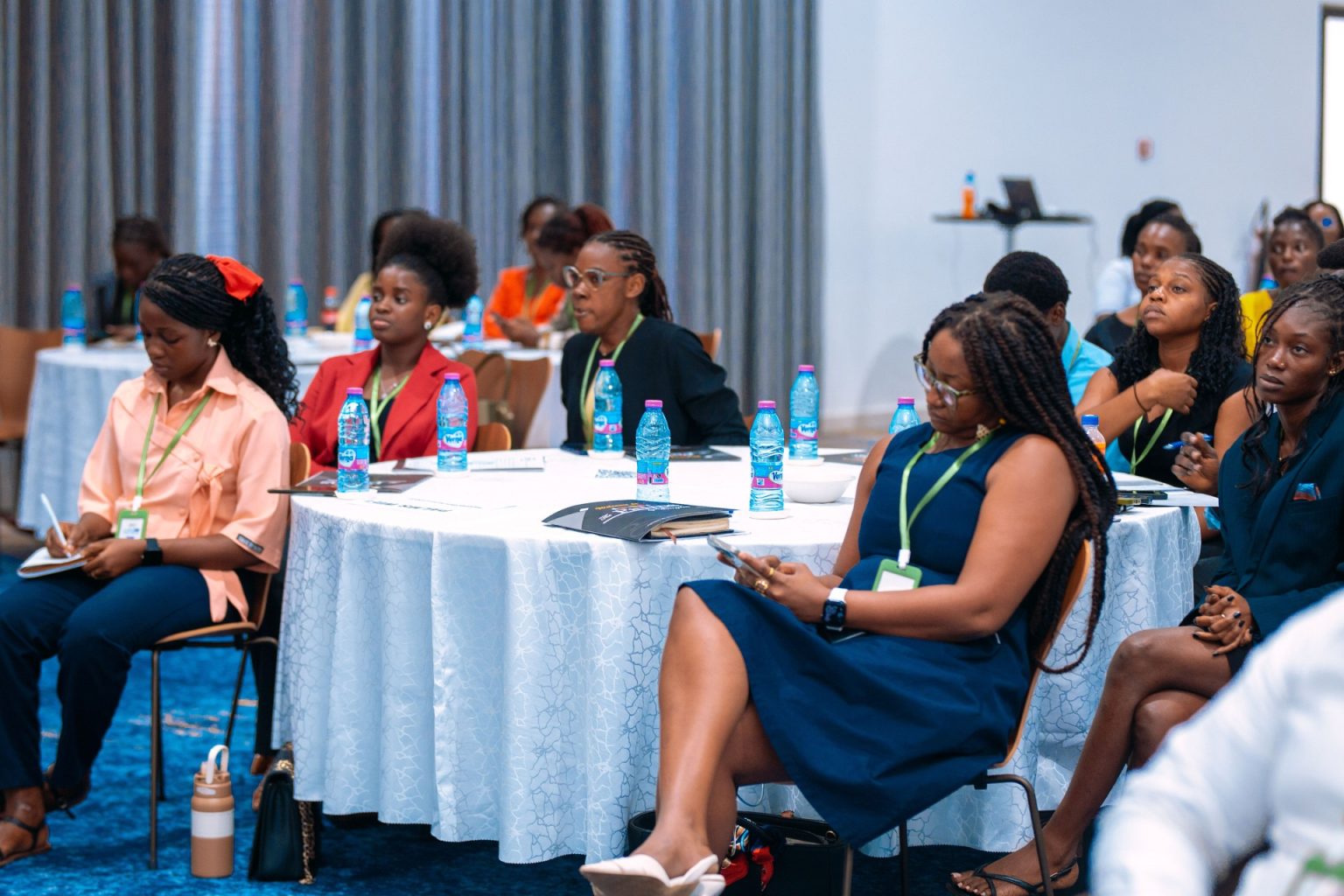Madam Karen Allen, a former BBC Foreign Correspondent and Open-Source Intelligence (OSINT) Specialist, has urged journalists to develop OSINT skills to enhance the quality and depth of investigative reporting in the digital age.
She said OSINT information drawn from publicly accessible digital sources such as social media, websites, satellite imagery, and online databases, offered tremendous potential for journalists to verify evidence, expose misinformation networks, and strengthen truth-driven storytelling.
Madam Allen made the call in an exclusive interview with the Ghana News Agency on the sidelines of the opening of a three-day Cyber Security 360 Workshop on Monday in Accra.
The event, organised by Women in Cyber Security (WiCyS) West Africa Affiliate, in partnership with the CSA, was on the theme: “Building a safe, informed and accountable digital space- Strengthening Our Human Firewall.”
The workshop, supported by TAG International through the UK Government’s FCDO Africa Cyber Programme, forms part of activities marking Ghana’s National Cyber Security Awareness Month.
It brought together cyber experts, journalists, civil society and non-governmental organisations, and small and medium-sized enterprises to develop critical skills in identifying misinformation and enhancing cyber resilience.
Madam Allen explained that open-source intelligence differed from covert intelligence as it relied on publicly available material -videos, still images, audio files, and digital maps – often shared through the internet.
“It’s about using what’s already out there in the public domain to uncover the truth, verify facts, and strengthen the credibility of journalism,” she said.
The former BBC correspondence said building OSINT competence should be part of every journalist’s professional development toolkit.
She mentioned Bellingcat, Digital Forensic Research Lab, and Graphika among other global organisations offering investigative collaboration and training for journalists.
Citing an example from a BBC documentary, she highlighted how OSINT helped verify the authenticity of a disturbing video showing Cameroonian soldiers executing women and children accused of Boko Haram links.
“In there, you can see how things that you and I as casual observers would ignore, like the topography, the shape of the mountains where this atrocity happened, and the shadows cast by the soldiers helped to identify the time of year that it happened,” she said.
“The weapons that were used by this particular unit helped to identify who they may be, whether they were not Cameroonian soldiers as the government had initially suggested, and confirm that they indeed were.”
Beyond investigations of human rights abuses, Madam Allen noted that OSINT techniques were increasingly used during elections to detect inauthentic online networks and coordinated disinformation campaigns designed to sway public opinion.
She highlighted the growing role of open-source intelligence in international justice, where digital evidence was increasingly used in investigating war crimes and crimes against humanity, while highlighting the importance of ethical boundaries in the use of open-source material.
Although the content was publicly available, Ms Allen said journalists must exercise the same caution as in newsroom practice, especially when vulnerable people, children, or sensitive data were involved.
The OSINT Specialist cautioned reporters of the digital risks that open-source intelligence could also expose them to, even though it opened new frontiers for journalists.
Madam Allen, therefore, advised journalists to protect their identities when conducting online investigations by using research accounts, burner phones, and separate email addresses, and to seek professional training on open-source intelligence safety protocols.
She observed the changing landscape of journalism where collaboration was fast replacing competition in modern newsrooms.
“When I started out, journalism was very competitive, people didn’t share. Now, collaboration is the way forward. Newsrooms can partner with OSINT organisations or investigative networks to uncover powerful stories,” she said.
She encouraged African journalists to seize opportunities to tell unique local stories using digital investigative tools.
Touching on the rapid rise of artificial intelligence (AI), Madam Allen said the technology could both aid and complicate open-source intelligence investigations.
Women in CyberSecurity (WiCyS) is a non-profit organisation established in 2012 by Dr Ambareen Siraj with support from the U.S. National Science Foundation.
It promotes the recruitment, retention, and advancement of women in the cybersecurity field through partnerships, community engagement, and volunteer efforts.
WiCyS West Africa, based in Ghana, is an affiliate of the global network dedicated to empowering women and enthusiasts in cybersecurity across West Africa, including countries like Nigeria, Togo, Benin, Côte d’Ivoire, Liberia, Senegal, and Sierra Leone.


